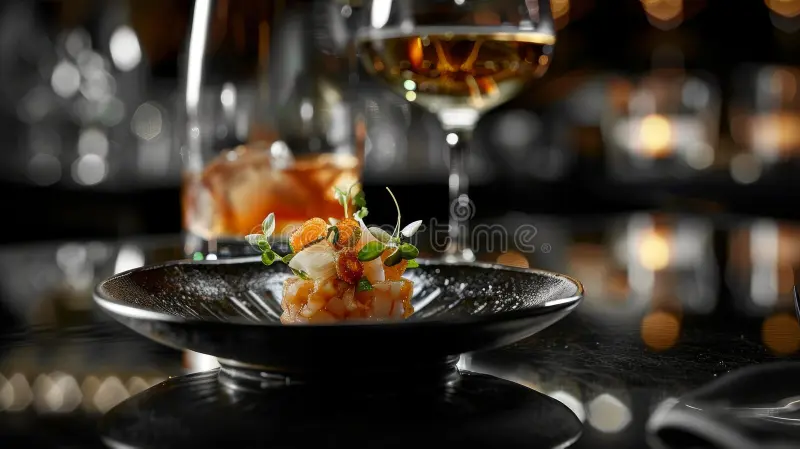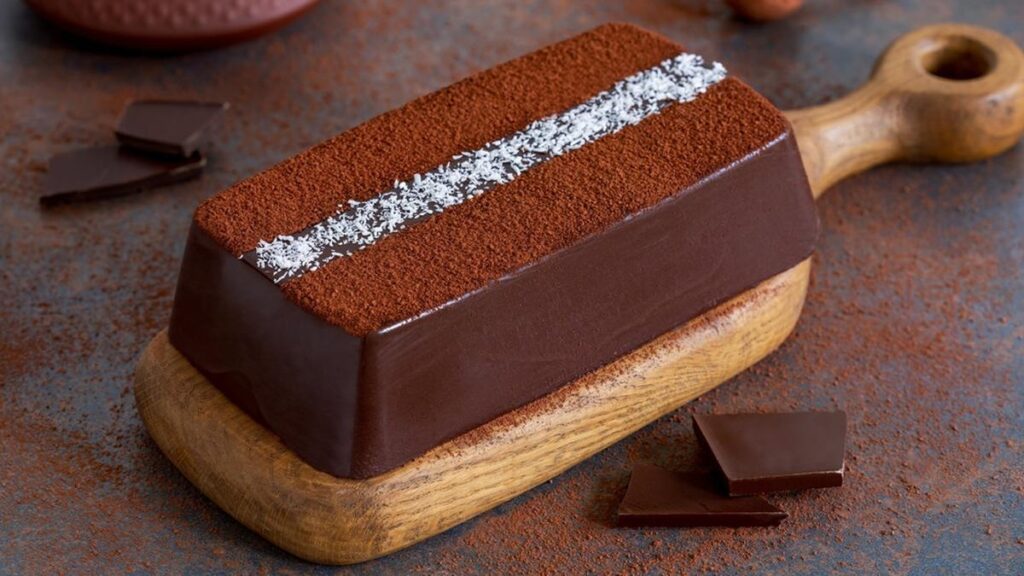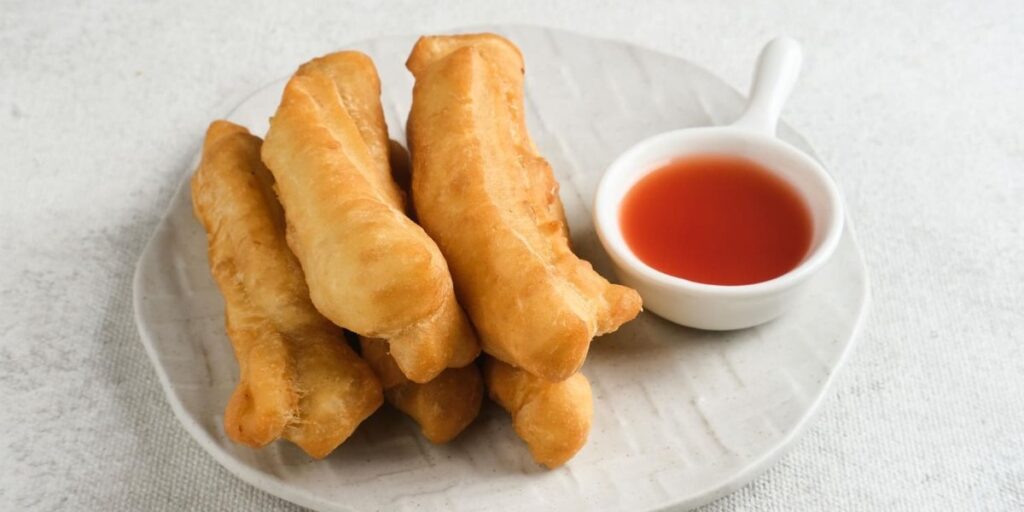Hákarl, a traditional Icelandic dish made from fermented Greenland shark, is often considered one of the most unique and, to many, an acquired taste. Hákarl has been a part of Icelandic cuisine for centuries, dating back to the days of Norse settlers. This fermented delicacy, known for its strong smell and distinctive taste, is a testament to the ingenuity of Icelandic preservation techniques and their ability to turn local ingredients into a culinary tradition.
In this article, we will delve into what hákarl is, how it’s prepared, its historical significance, and why it remains a part of Icelandic culture today.
What is Hákarl?

Hákarl is the Icelandic name for fermented Greenland shark, specifically the basking shark or slow-moving Greenland shark. Unlike most fish, the Greenland shark contains high levels of urea and trimethylamine oxide (TMAO), compounds that can be toxic to humans when the meat is consumed fresh. To make the meat safe to eat, the shark is fermented for several months in a traditional process of curing.
The process involves burying the shark meat in gravel pits for several weeks to allow it to ferment naturally. Once the fermentation process is complete, the shark is hung to dry for an additional period. The result is a pungent, ammonia-rich food with a chewy texture, usually cut into small pieces and served in a variety of ways.
The Process of Making Hákarl
The preparation of hákarl is both a fascinating and labor-intensive process. Here’s how it’s traditionally made:
Catching the Shark: First, Greenland sharks are caught from the cold waters around Iceland, often by fishermen using traditional methods.
Cleaning and Cutting: The shark is cleaned, and the internal organs, skin, and head are removed. The meat is then cut into large chunks.
Fermentation: The meat is buried in the ground, usually in a shallow pit, where it ferments for several months. During this time, the shark meat releases its urea and TMAO, breaking down the compounds that would normally make it toxic.
Hanging to Dry: After fermentation, the meat is hung to dry for another few months. This process results in a tough, dried texture.
Ready to Eat: Once the drying process is complete, the hákarl is ready to be consumed. The texture is firm and chewy, and the taste is strong and often described as being both earthy and fishy, with a potent ammonia smell.
The History and Tradition of Hákarl
Hákarl has a deep historical significance in Iceland. The dish dates back to the days of the Vikings, who had to come up with creative methods to preserve food in the harsh Icelandic environment. The Greenland shark was abundant in the cold waters around Iceland, but its meat was not safe to eat unless it was carefully prepared.
For centuries, hákarl was a survival food. Before refrigeration, it was one of the only ways to preserve meat over the long winters. The fermentation process not only made the meat safe to eat but also allowed people to store food for months, especially when fresh food was scarce during Iceland’s long winters.
In modern times, hákarl has transitioned from being a necessary survival food to a cultural delicacy. It is often served in small quantities, particularly during special events like Þorrablót, a traditional Icelandic midwinter feast that celebrates Icelandic heritage and food culture.
The Taste and Smell of Hákarl
Hákarl is known for its distinctive smell and strong flavor. The fermentation process creates a very pungent aroma, which is often compared to that of ammonia. For many, this strong scent can be overwhelming, and it’s the primary reason why hákarl is not immediately appealing to newcomers.
In terms of taste, hákarl has a salty and fishy flavor, with the pungency of ammonia lingering on the palate. The texture is chewy, and it’s often described as similar to a dry, tough piece of jerky.
Despite its strong scent and flavor, hákarl has become a source of pride for many Icelanders, representing a part of their heritage. It’s often served in small cubes, sometimes accompanied by brennivín, an Icelandic schnapps, which helps mask the strong smell and adds a complementary flavor to the dish.
How to Eat Hákarl
If you’re daring enough to try hákarl, here are some tips on how it’s traditionally served:
Eat it as a snack: Hákarl is typically eaten in small cubes, served as part of a traditional Icelandic feast or as a snack for adventurous foodies.
Pair it with brennivín: To help with the overwhelming smell and add flavor, many people drink brennivín (also known as “Icelandic schnapps” or “black death”) alongside hákarl. This strong alcoholic drink, often made from fermented potatoes and flavored with caraway, cuts through the strong taste of the shark.
Take small bites: Due to its pungent nature, it’s best to take small bites and let the meat sit on the tongue to appreciate its unique flavor fully.
Be prepared for the smell: If you’re trying hákarl for the first time, be ready for its powerful ammonia smell. It’s common to take deep breaths before trying it!
Why Do People Eat Hákarl?
For many people outside of Iceland, the idea of eating hákarl may seem unappealing, but for Icelanders, it is a symbol of their heritage and resilience. The dish represents the Icelandic people’s ability to survive in the harsh conditions of the North Atlantic and their deep connection to their environment.
In addition to its historical significance, hákarl is also enjoyed as a novelty food for tourists seeking to experience authentic Icelandic cuisine. Many visitors to Iceland are encouraged to try it during their travels as a rite of passage or a challenge, and it’s often featured on food tours or in local restaurants catering to international visitors.
Hákarl and Modern-Day Icelandic Cuisine
While hákarl might seem unusual to outsiders, it remains an integral part of Icelandic food culture. It is enjoyed both by locals and tourists, especially during Þorrablót celebrations, a winter festival that showcases traditional Icelandic foods. During this time, hákarl is typically served alongside other preserved foods like svið (sheep’s head) and lundi (puffin).
Although modern Icelandic cuisine has evolved to include a variety of international influences, hákarl remains a beloved, albeit controversial, dish that celebrates Iceland’s history and traditions.
Conclusion
Icelandic hákarl is a fascinating, albeit challenging, dish that plays a significant role in Iceland’s culinary heritage. Its unique preparation method and bold flavors offer a taste of the island’s history, where survival was dependent on fatcai99 preserving food in innovative ways. Despite its strong ammonia smell and distinctive flavor, hákarl remains a symbol of Icelandic pride, and for those brave enough to try it, it is an unforgettable experience. Whether enjoyed as part of a traditional feast or as a cultural novelty, hákarl is a dish that continues to intrigue and connect generations of Icelanders to their past.









